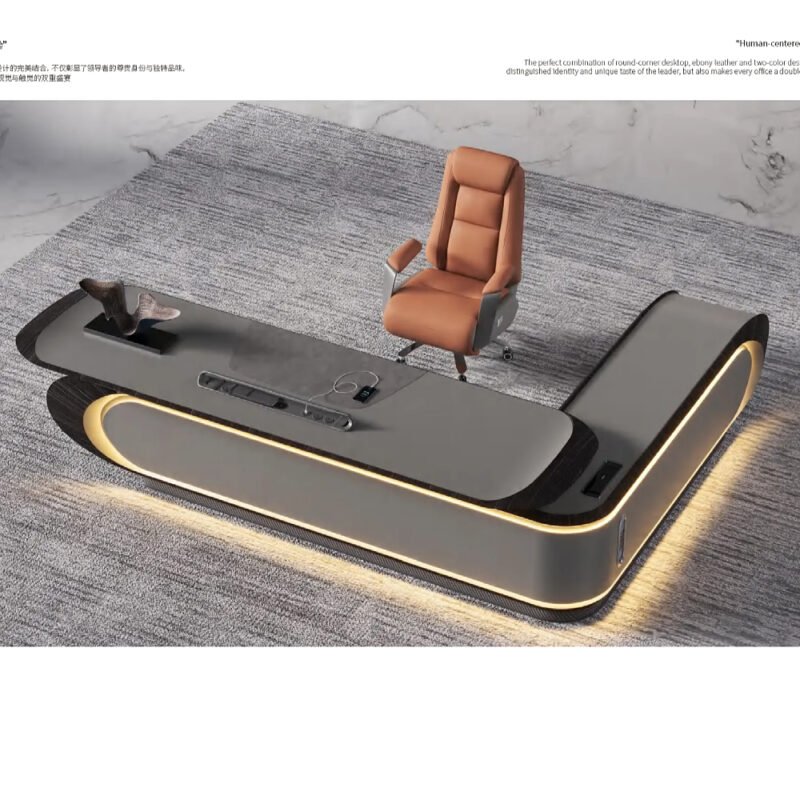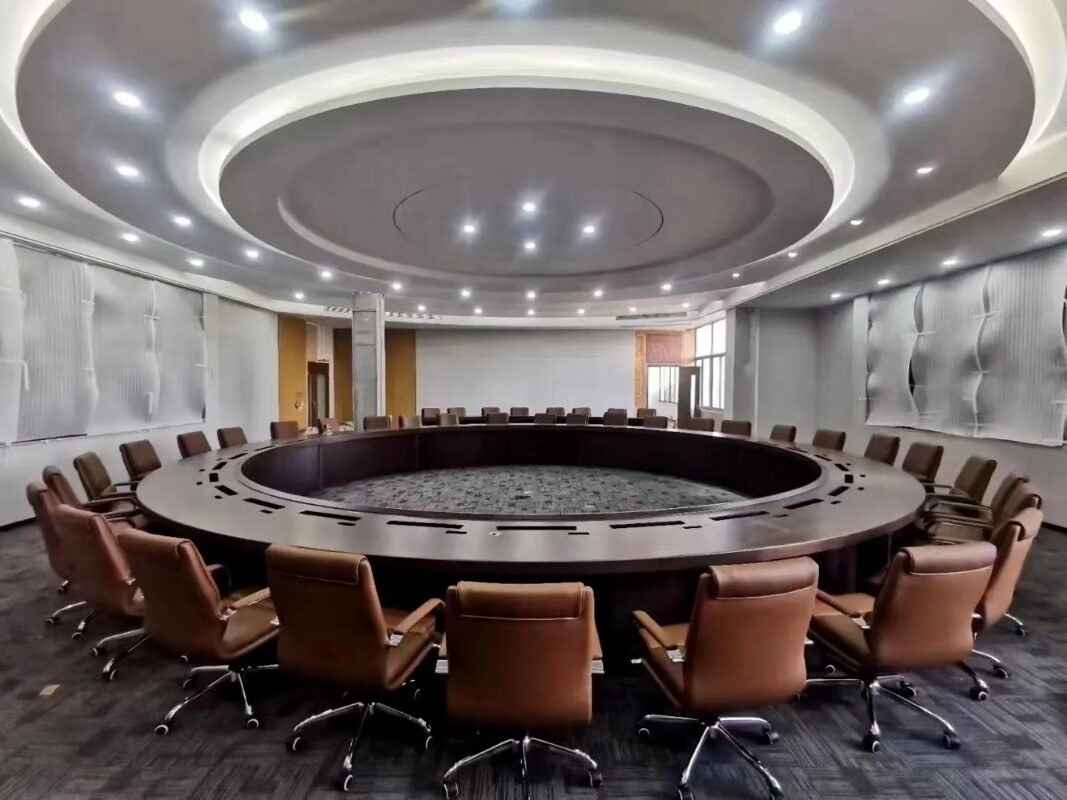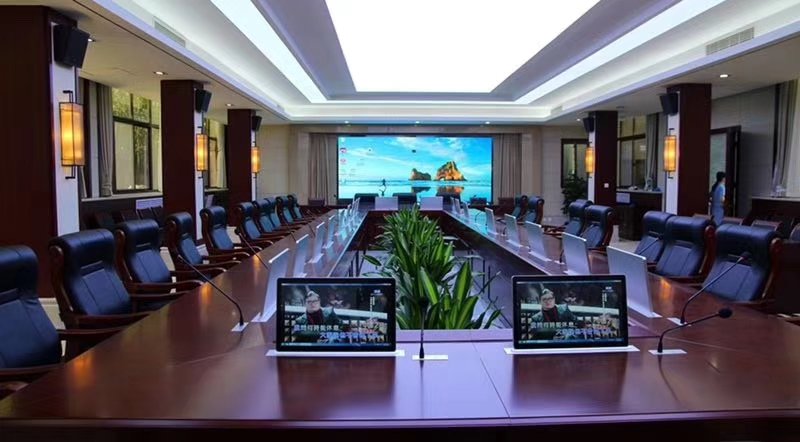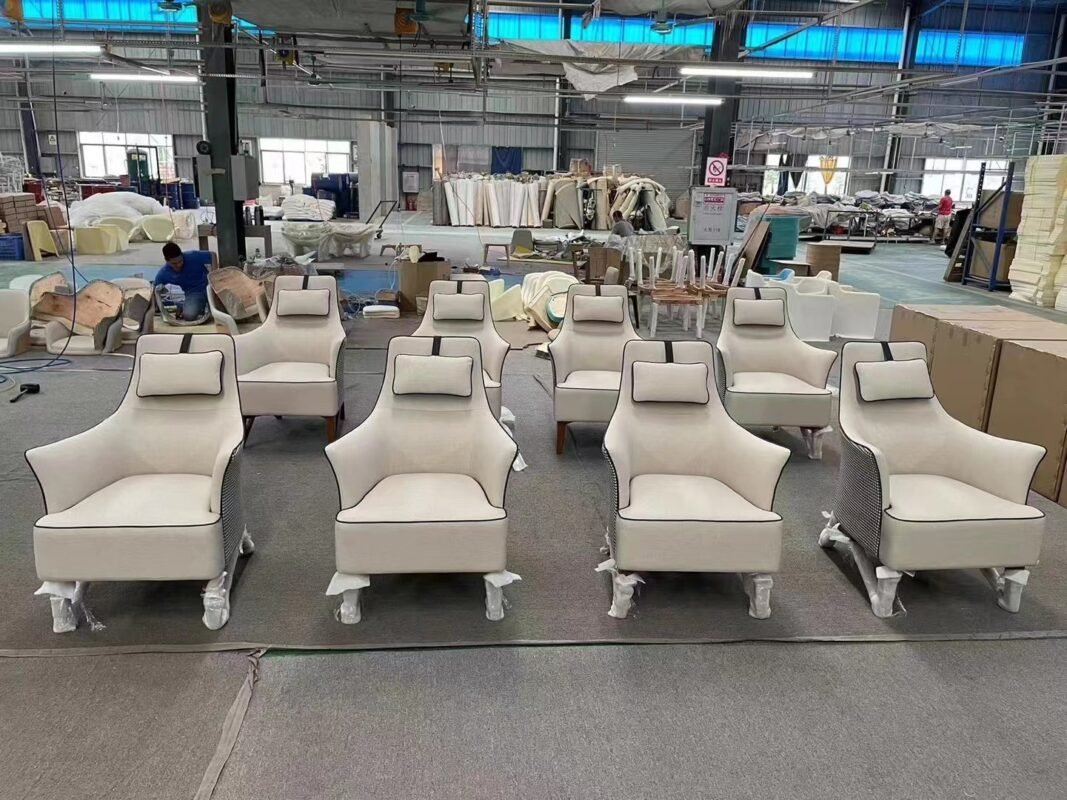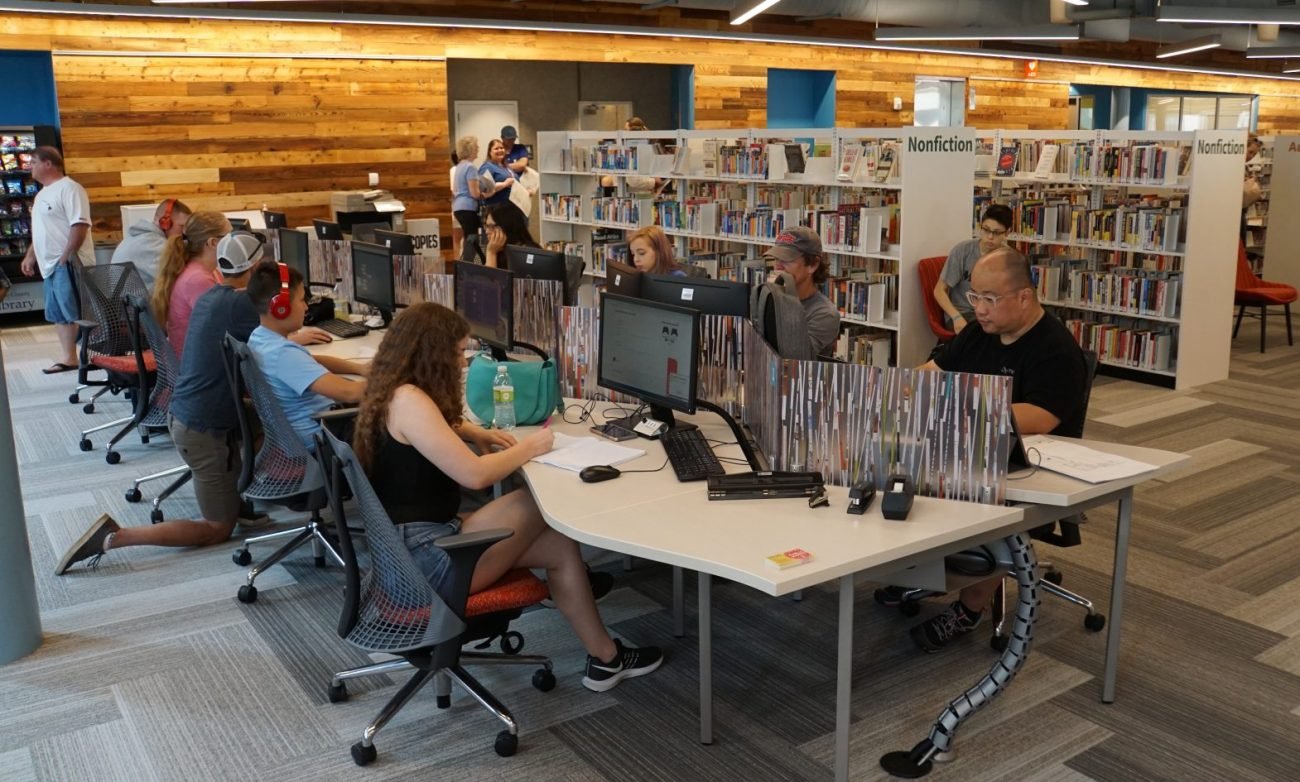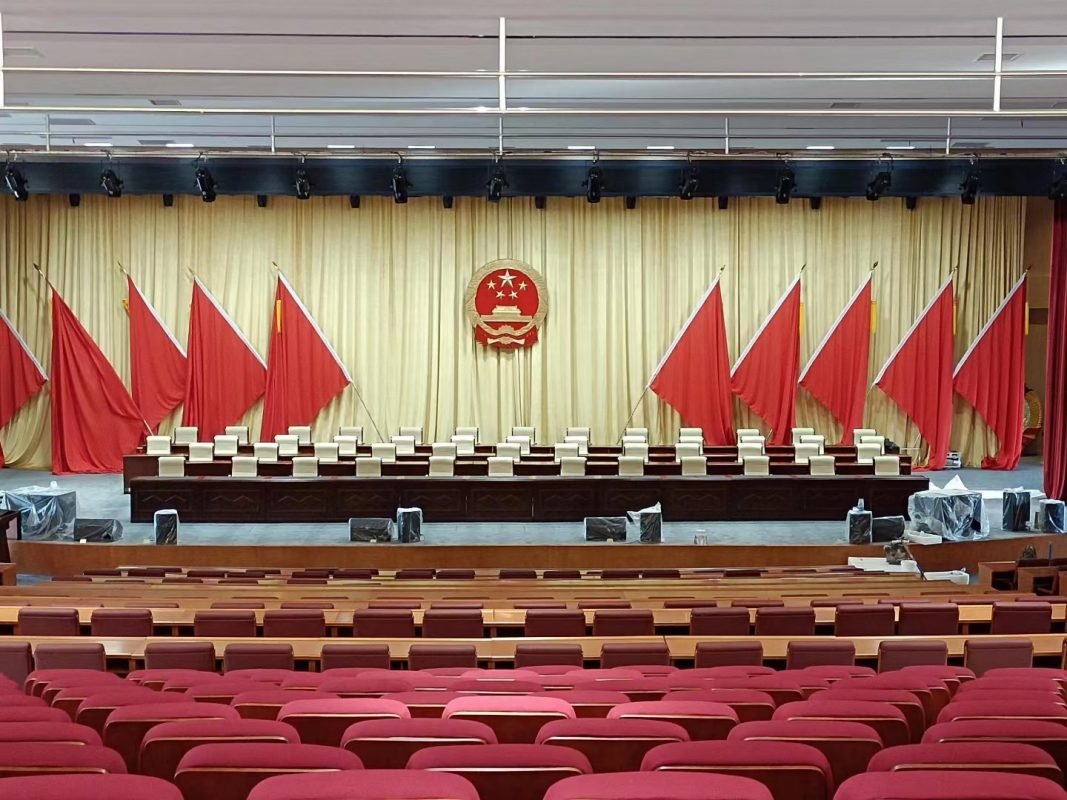Introduction to Government Office Furniture Selection
The selection of furniture for government offices plays a pivotal role in shaping the overall work environment. It is essential to recognize that the furniture chosen not only contributes to the aesthetic appeal of the space but also significantly impacts the efficacy and productivity of its occupants. Inadequately selected office furniture can undermine functionality, leading to discomfort, reduced efficiency, and ultimately affecting the quality of public service. Therefore, a thoughtful and strategic approach to selecting government office furniture is paramount.

mmexport1693583818262
In many cases, government offices are tasked with serving the public and must thus ensure that spaces are both functional and welcoming. This necessitates a careful balance between visual appeal and the practical requirements of the furniture. Public servants, who spend considerable hours at their desks, require ergonomic and well-designed furniture that caters to their needs. For instance, adjustable chairs and desks can encourage better posture and health among employees, leading to improved morale and productivity. Conversely, poorly designed furniture can create an uninviting atmosphere, which may discourage worker engagement or even lead to health issues over time.
The implications of selecting the right furniture extend beyond mere employee satisfaction. A well-furnished office reflects the values and professionalism of the government body it represents, contributing to public confidence and trust. Moreover, durable furniture can reduce replacement costs and ensure that taxpayer funds are used more efficiently. Thus, a comprehensive understanding of both aesthetic and functional demands is necessary when it comes to government office furniture selection. This guide aims to equip decision-makers with insights into the critical factors to consider during the selection process, ensuring that both city leaders and public employees have access to high-quality, supportive, and durable office environments.
Understanding Durability: The Key to Long-term Investment
When selecting office furniture for government offices, durability stands as a paramount criterion that shapes the long-term satisfaction and functionality of the acquisition. The quality of materials plays a pivotal role in ensuring that furniture can withstand the rigors of daily use. For instance, high-grade materials such as hardwood, metal, and specially formulated composites tend to offer superior resistance to wear and tear compared to their cheaper counterparts like particleboard. Investing in well-constructed pieces means fewer replacements over time, thus saving government budgets in the long run.
Moreover, load-bearing capacity is another critical aspect to consider. Furniture must not only accommodate standard usage but also endure occasional overload situations. For example, desks designed to support a specific weight limit should be respected to avoid structural failures that may lead to instability or premature breakdown. An anecdote to illustrate this involves a case where a heavy-duty conference table failed during a critical meeting, resulting in damage to both personnel and equipment. This incident highlights the necessity of ensuring that the office furniture’s load regulations are well understood and adhered to by all staff members.
In addition to materials and load capacity, fireproof features should not be overlooked in government office settings. Given the sensitive nature of many documents processed within these environments, incorporating fire-resistant elements can safeguard against catastrophic losses. Selecting furniture with certified flame-retardant finishes can substantially reduce risks associated with unexpected fire hazards.
In summary, a thoughtful approach to durability—focusing on quality materials, appropriate load-bearing capacities, and necessary fireproof features—will significantly enhance the lifespan of government office furniture, ensuring it remains a worthwhile investment. Making informed choices today lays the groundwork for a robust and reliable work environment tomorrow.
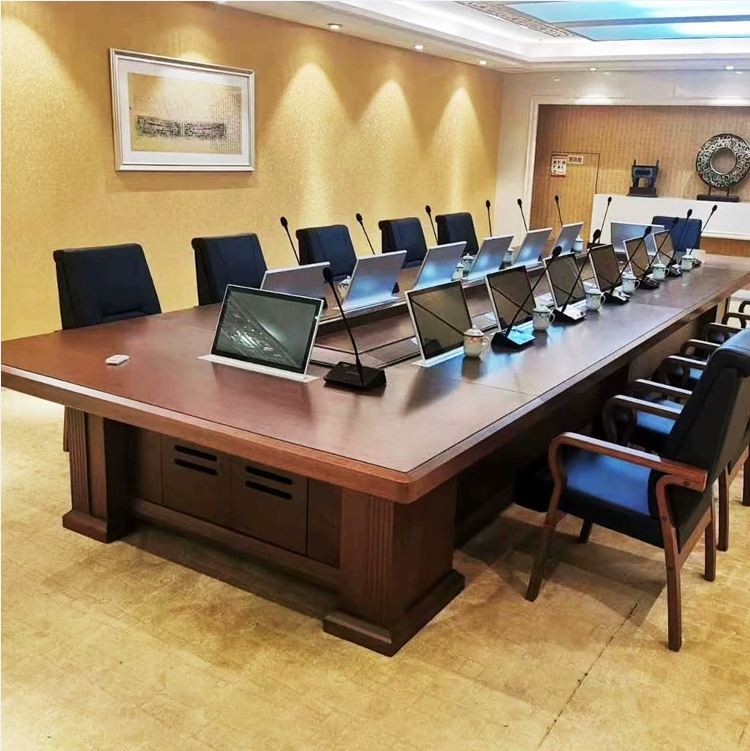
fe4981399e0e557c4197d523662d084
Maximizing Practicality: The Magic of Transformative Designs
In today’s dynamic work environments, the practicality of office furniture is paramount. Modern government offices require solutions that not only serve functional needs but also adapt to changing circumstances, effectively maximizing space and usability. Transformative designs, particularly modular furniture systems, have emerged as essential components that cater to these evolving requirements.
Modular furniture allows for the easy reconfiguration of office layouts, enabling a workspace to transform based on the specific needs of a meeting or project. For instance, a detachable conference table exemplifies this adaptability. Such furniture can be reconfigured to accommodate small team collaborations or expansive group discussions, enhancing both efficiency and collaboration. These tables can quickly change shape and size, making them perfect for environments with fluctuating team sizes or project scopes.
Furthermore, integrating technology within office furniture has become a key aspect of enhancing practicality. Desks and tables that incorporate charging stations and cable management systems help minimize clutter and maintain an organized workspace. This integration of technology seamlessly supports digital workflows while promoting a more aesthetically pleasing environment. By providing employees with access to essential tools without compromising space, organizations can benefit from improved focus and productivity.
Prioritizing flexible office furniture designs leads to a more adaptable workspace, which is vital in an era where remote and hybrid work models are increasingly commonplace. Organizations that embrace this transformative approach report higher employee satisfaction and engagement, owing to the enhanced comfort and functionality of their workspaces. By investing in modular and tech-integrated furniture, government offices can effectively respond to the modern demands of their operations while ensuring durability and long-term value.
Avoiding Common Pitfalls in Government Office Furniture Procurement
When it comes to procuring government office furniture, various pitfalls can lead to suboptimal choices that may compromise durability and practicality. One of the most common mistakes is prioritizing furniture imports without considering local solutions. While international manufacturers may offer appealing designs and seemingly competitive pricing, they often fall short in terms of durability when subjected to the unique demands of government environments. For example, a procurement officer in a state office might opt for imported furniture that, despite its attractive aesthetics, lacks the robustness required to withstand the daily wear and tear caused by high foot traffic. Consequently, this can result in premature replacements and increased operational costs.
Additionally, procurement professionals must be diligent about verifying compliance with quality certifications such as ISO 9001 and relevant regional standards. Many buyers may overlook the significance of these certifications, assuming that all suppliers meet necessary quality benchmarks. However, failing to examine such certifications can lead to purchasing subpar products that might not meet the functional needs of government operations. A case in point is a local municipality that invested in a batch of desks and chairs that met aesthetic preferences but did not adhere to ergonomic standards. The result was a range of complaints related to employee discomfort, affecting productivity and morale.
To navigate these pitfalls effectively, procurement teams should establish a clear checklist before making any decisions. This list should include criteria such as priority for local suppliers, verification of quality certifications, and assessment of realistic longevity and maintenance costs of the furniture. Furthermore, conducting thorough research and seeking case studies or testimonials about previous government office furniture purchases can provide invaluable insights. By adopting these best practices, procurement professionals can make informed choices that not only comply with regulatory standards but also support long-term functionality and sustainability in their office environments.





